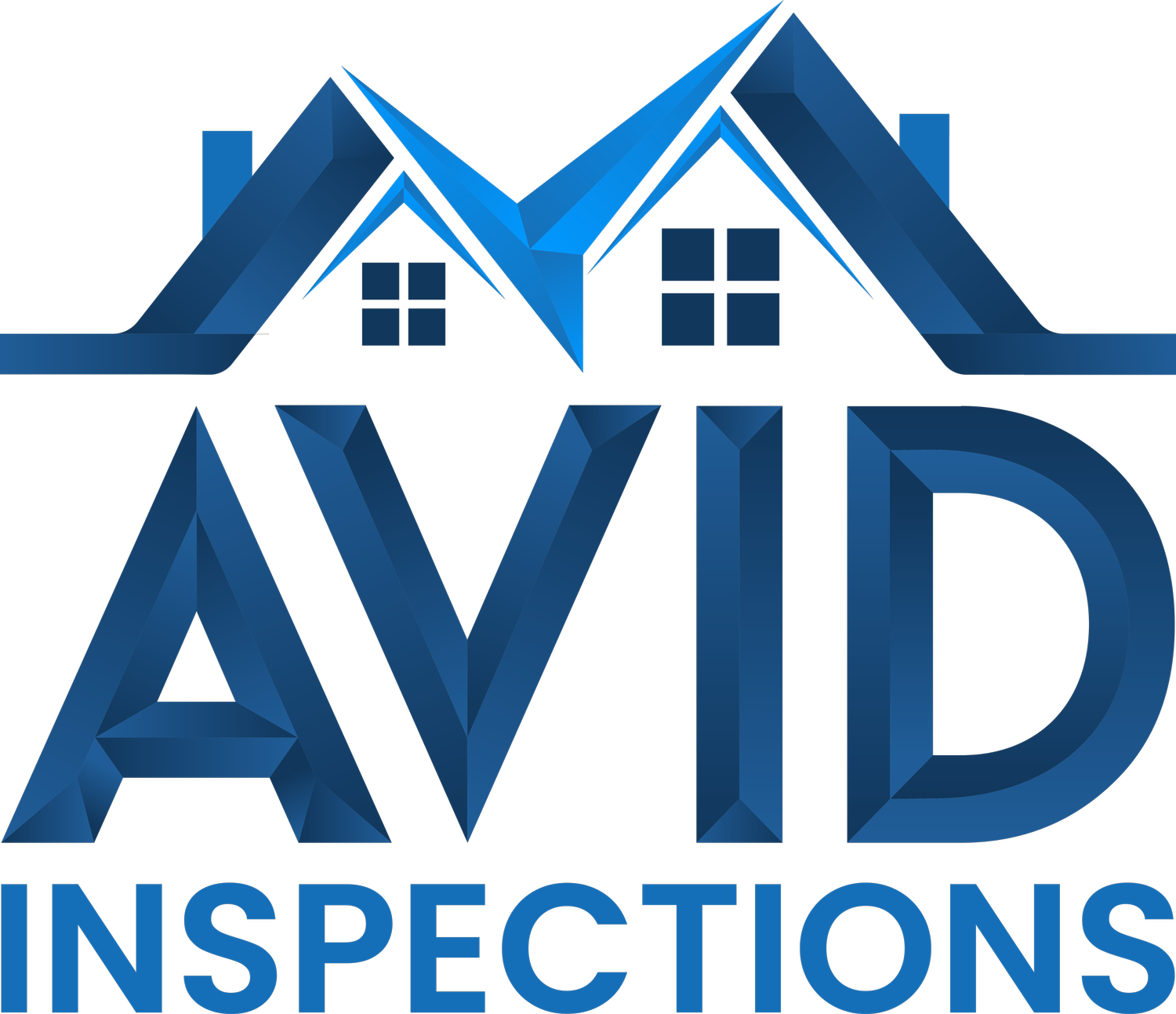Why You Need a Home Inspection Even After You’ve Moved In
Why You Need a Home Inspection Even After You’ve Moved In
Moving into a new home is an exciting milestone, but the journey doesn’t stop after the boxes are unpacked and the furniture is in place. While a home inspection is typically done before finalizing a real estate purchase, getting another inspection after you’ve moved in can provide valuable insights into the condition of your new home. Whether you’re a first-time homeowner or seasoned in real estate, a post-move-in home inspection can uncover hidden issues, help you prioritize repairs, and give you peace of mind.
1. Uncover Hidden or Overlooked Issues
Even if a pre-purchase inspection was conducted, it’s possible that some issues may have been missed or weren’t apparent at the time of the inspection. A post-move-in inspection provides a fresh opportunity to identify:
• Leaks in plumbing or roofing that may have developed since the initial inspection.
• Faulty electrical wiring or outlets.
• HVAC inefficiencies or damage that wasn’t noticeable previously.
• Signs of pest infestations that may have been dormant or hidden during the initial inspection.
Once you’ve lived in the home for a few weeks or months, you may also notice specific areas of concern that weren’t evident during the buying process.
2. Prioritize Repairs and Maintenance
A home inspection after moving in can help you create a detailed repair and maintenance plan. The inspector will provide a comprehensive report outlining:
• Immediate concerns that need attention, such as safety hazards or active leaks.
• Preventative maintenance tasks to avoid future costly repairs, like cleaning gutters or sealing windows.
• Long-term projects to improve the home’s functionality, efficiency, or value, such as upgrading insulation or replacing an aging water heater.
Having this information allows you to budget effectively and tackle repairs in order of urgency.
3. Ensure Safety for Your Family
Your home should be a safe space for you and your family. A post-move-in inspection can highlight potential safety concerns, such as:
• Faulty smoke and carbon monoxide detectors.
• Outdated or overloaded electrical systems.
• Structural issues that could pose a hazard, like weak decking or unstable railings.
• Poor indoor air quality due to mold, radon, or other contaminants.
Addressing these issues promptly ensures your family’s health and safety.
4. Verify Renovation or Repair Work
If the previous owner made repairs or renovations before selling the home, a post-move-in inspection can confirm that the work was done properly and meets safety standards. Common areas to verify include:
• New roofing or siding installations.
• Electrical or plumbing upgrades.
• Kitchen or bathroom remodels.
• Foundation repairs or waterproofing.
If any work was poorly done or left incomplete, you can address it before it causes further problems.
5. Understand Your Home Better
A post-move-in inspection is also an excellent opportunity to familiarize yourself with the inner workings of your home. The inspector can point out important features and systems, such as:
